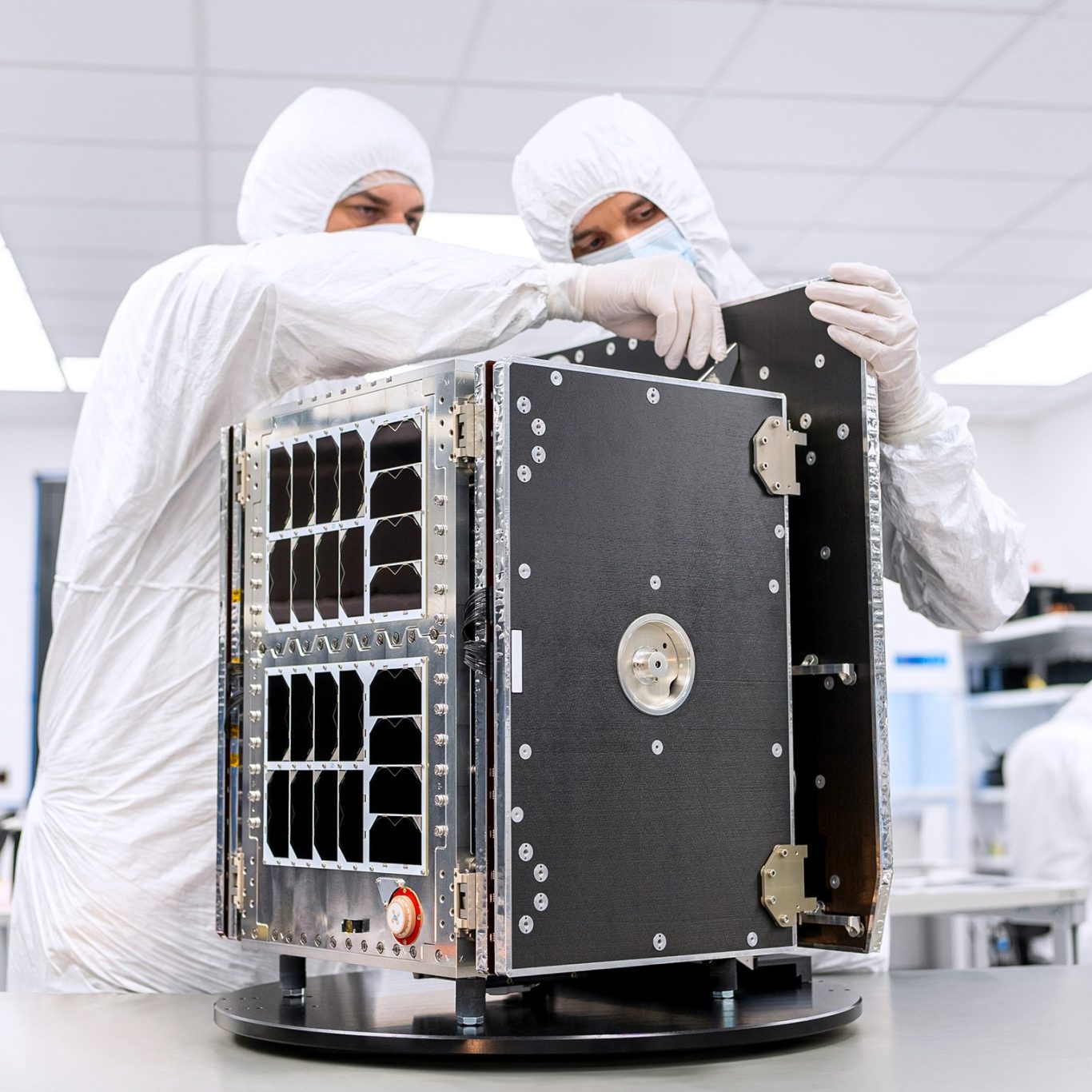
Kongsberg NanoAvionics Successfully Launches First Satellite for Norwegian N3X Maritime Surveillance Constellation
N3X constellation will provide data for the Norwegian Armed Forces and other Norwegian government institutions
Part of a five-year contract - two more satellites to be launched later this year
Vilnius, Lithuania, 17 March 2025 – Kongsberg NanoAvionics (NanoAvionics) has successfully launched the first of three initial microsatellites for Kongsberg Defence & Aerospace's N3X constellation. The launch is part of a five-year contract awarded in 2024 by the Norwegian Armed Forces to KONGSBERG for providing maritime surveillance data.
The ARVAKER I satellite was launched aboard SpaceX's Transporter-13 mission from Vandenberg Space Force Base in California on 15 March. Shortly after deployment, NanoAvionics' mission control established two-way communication with the spacecraft, maintaining the company's 100% first-contact success rate across more than 45 missions to date.
The N3X constellation, based on NanoAvionics' flight-proven MP42H microsatellite bus, will provide crucial maritime surveillance data to multiple Norwegian government agencies, including the Armed Forces, the Coastal Administration, the Directorate of Fisheries, and Norwegian Customs.
Enabled by the performance capabilities of the NanoAvionics MP42H microsatellite bus, it will also offer excess data collection capability outside Norwegian Areas of Interest which will be available for international users.
ARVAKER I and its following counterparts will enhance maritime security by detecting vessels involved in illegal fishing, smuggling, environmental crimes, and other unlawful activities.
The satellite is equipped with surveillance instruments, including AIS receivers and navigation radar detectors, developed by the Norwegian Defence Research Establishment and delivered by Kongsberg Discovery. They will also assist in search and rescue operations for ships in distress.
"The need for advanced maritime surveillance has never been greater, as shown by recent global events," said Atle Wøllo, CEO of Kongsberg NanoAvionics. "It is a great achievement that our proven microsatellite platforms keep helping governmental customers meet these growing challenges in national security applications. Our NewSpace 3.0 philosophy brings commerical space agility to the governmental domain without sacrificing the reliability required by these applications."
ARVAKER I is the first step in the deployment of the N3X constellation. The following two satellites, ARVAKER II and III, will launch on the upcoming Transporter mission later this year. Once operational, the constellation will significantly expand Norway's ability to monitor its areas of interest, reinforcing national security and maritime domain awareness.
Eirik Lie, president of Kongsberg Defence & Aerospace, said: "KONGSBERG has been active in the space segment for decades, delivering high-end technology and solutions, but this successful launch marks a milestone for us as we will own and operate the satellites for the first time."
Wir benötigen Ihre Zustimmung zum Laden der Übersetzungen
Wir nutzen einen Drittanbieter-Service, um den Inhalt der Website zu übersetzen, der möglicherweise Daten über Ihre Aktivitäten sammelt. Bitte überprüfen Sie die Details in der Datenschutzerklärung und akzeptieren Sie den Dienst, um die Übersetzungen zu sehen.
